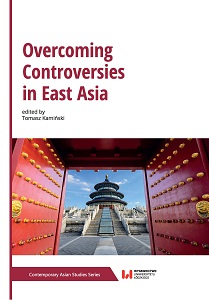Womenomics: The Assumptions and Effects of Abenomics’ Third Arrow
Womenomics: The Assumptions and Effects of Abenomics’ Third Arrow
Author(s): Agnieszka Batko
Subject(s): Economic policy
Published by: Wydawnictwo Uniwersytetu Łódzkiego
Keywords: Japanese economy;womenomics;Japanese job market
Summary/Abstract: In 2012, after being sworn in as the Prime Minister of Japan for the second time, Shinzō Abe introduced his plan of reviving the Japanese economy. This set of reforms, named Abenomics after the PM’s name, was designed to secure the state’s position within the region. This agenda consists of the three so-called ‘arrows’ that concern the changes in the fiscal policy, monetary policy, and fundamental structural changes. One of the key concepts of the third arrow is Womenomics, which concentrates on persuading Japanese women to act more actively on the job market and seek opportunities to advance their careers. Despite being one of the most developed countries in the world, the gender gap is apparent with regards to the workforce and it does have a significant impact on the state of the Japanese economy.The purpose of this article is to present the assumptions of the Womenomics concept and to determine how it is being applied by the current Japanese government. This analysis will then focus on estimating the already perceptible effects of introducing Womenomics with regards to two aspects. Firstly, the study will evaluate the consequences for the Japanese economy through applying the statistical data in quantitative research. Secondly, it will also contain references to the social level as this model poses a series of evident challenges to the traditional concept of the role of women in Japanese society.
Book: Overcoming Controversies in East Asia
- Page Range: 39-54
- Page Count: 16
- Publication Year: 2017
- Language: English
- Content File-PDF

